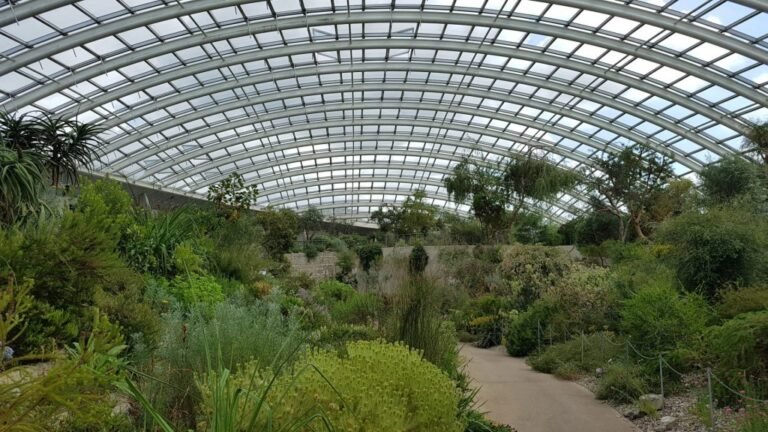
6 UNESCO Sites in Wales
Across the globe, certain geographical locations have been classed as World Heritage sites, there may be many reasons sites are given this classification. Whether this be for their historical or cultural importances these sites are of extreme importance globally. Wales is home to 6 of these sites varying in functions, from castles to places of huge industrial importance.
CAERNARFON CASTLE
One of Edward I’s many castles, Caernarfon reigns supreme as the largest of them all. The rest of Edwards I’s castles are also included on this list as they all are UNESCO World Heritage Sites, Conwy, Harlech and Beaumaris. Caernarfon is comprised of the castle, town walls and the quay, which were all constructed at the same time, costing Edward I a large sum of £25,000 taking 47 years to finally complete. Throughout the castle there are exhibition rooms that detail life in the castle as well as more about how the intricate castle itself was constructed.
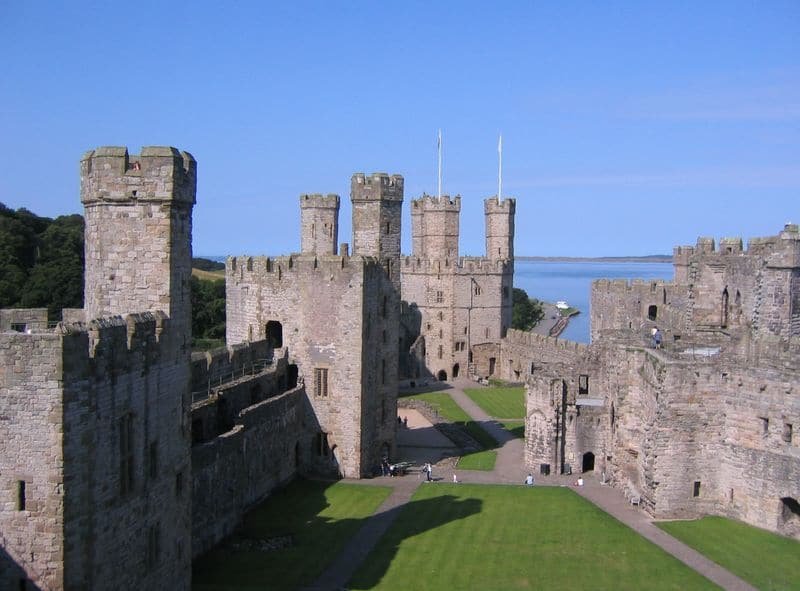
BEAUMARIS CASTLE
Located on the Isle of Anglesey, Beaumaris resides next to the Menai Strait, prior to it’s construction the land was a ‘beautiful marsh’ this is why Edward decided to construct his final castle here so his architect James of St George and himself would be able to take full advantage of the land.
Sadly however, this castle is quite well known for not quite being a complete castle, solely due to the fact that it was not complete. This unforeseen cease of development was due to many reasons, but a combination of lack of money and pressure mounting in Scotland caused building work to cease entirely by 1320 with it only beginning in 1295. Although the castle was never truly finished it hardly takes anything away from the final product. With no less than 300 arrow holes around the castle walls and a water filled moat accompanied by it’s own dock the castle is still one of the most formidable in the world and rightly so takes it place on the stage as a World Heritage Site.
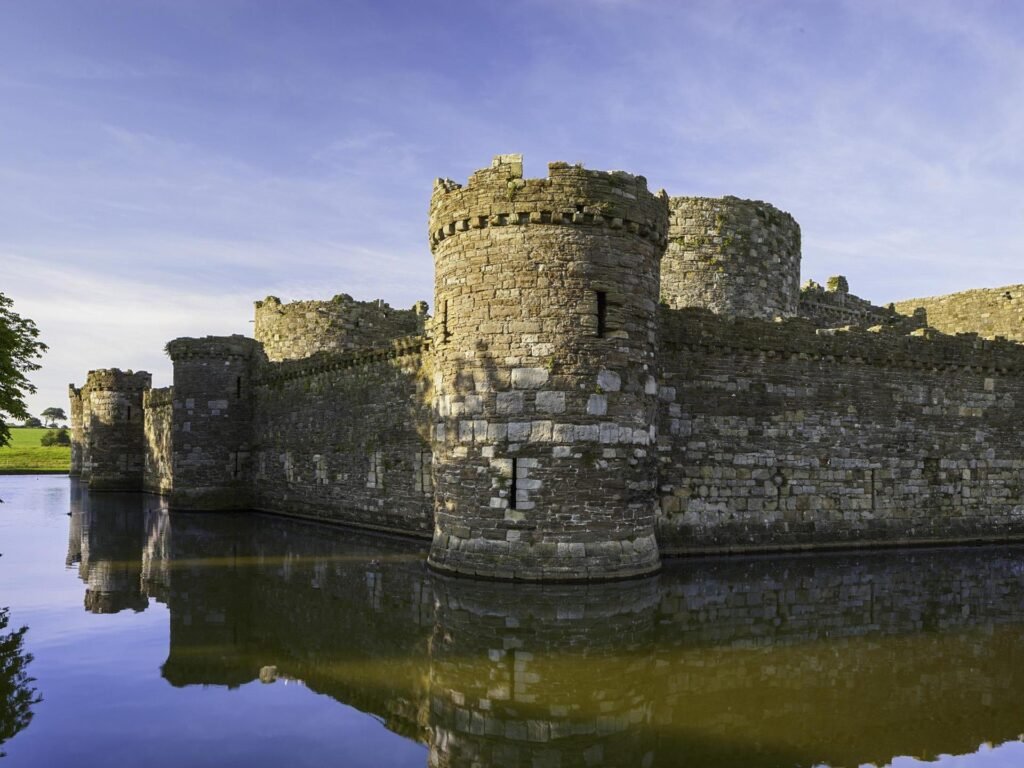
BLAENAVON WORLD HERITAGE SITE
Blaenavon altered the course of history. These hills on the outskirts of the Brecon Beacons were rich in coal, limestone, and iron ore – the industrial revolution’s fuel.
Wales heaved and belched its way onto the world scene from here. Welsh iron created ground-breaking engines, tools, and machinery. It constructed bridges, ships, and railway lines. In a nutshell, it gave birth to the contemporary world.
Blaenavon Ironworks was the first to use steam to drive air into its massive blast furnaces in 1789. Sidney Gilchrist Thomas invented a technique to remove phosphorus from iron ore here a century later, transforming the world’s steel industry.
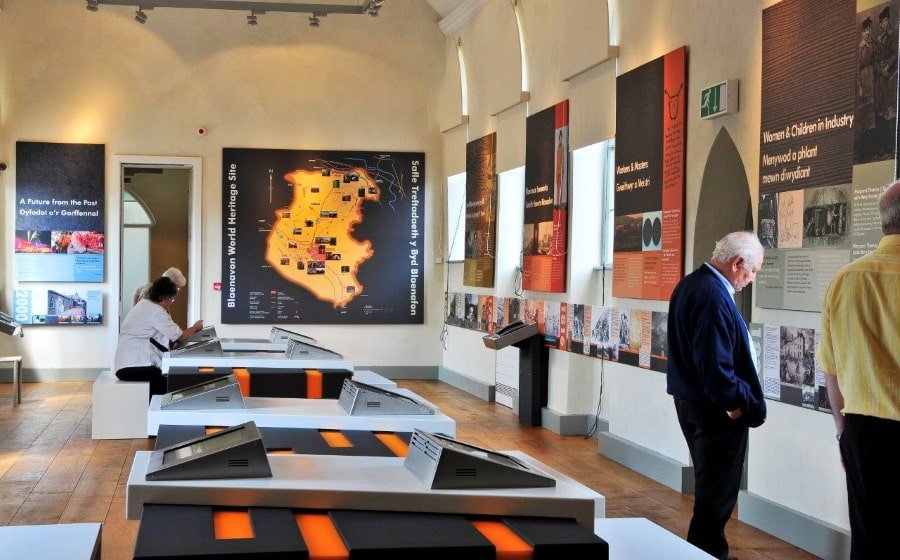
CONWY CASTLE
One of the most magnificent medieval fortresses in Europe, the castle encompasses the entire town of Conwy within it vast town walls, which took a staggeringly short amount of time to build, a mere 4 years to build a 1.3km long impenetrable town wall. As a result of restoration within the castle, you now can walk a complete circuit of the Conwy Castle battlements. Regardless of it’s age the fortress is extremely well preserved the high curtain wall and eight towers rise as tall as they did 700 years ago.

HARLECH CASTLE
With the most spectacular setting of all of King Edward I’s mighty fortresses. This coastal castle used to be much closer to the coast, so close that a set of stairways leading from the back of the castle down to the once Welsh shores acted as a way of getting resources into the castle during the intense siege of Madog ap Llewelyn. King Edward I’s was once again joined by his architect who worked on his other fortresses, Master James of St George.
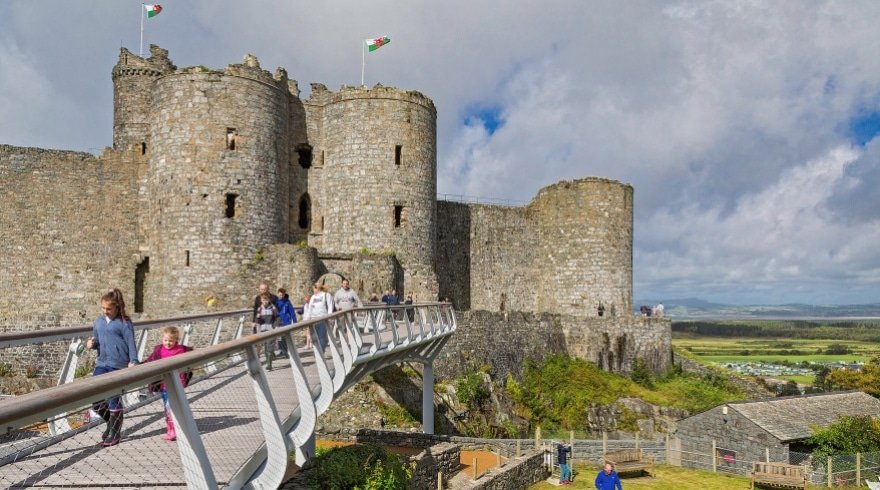
PONTCYSYLLTE AQUEDUCT
Much more than a sole aqueduct the Llangollen Canal is a designated Scheduled Ancient Monument of National Importance, and an Area of Outstanding Natural Beauty. UNESCO have said that “The first 11 miles of the Llangollen Canal is an outstanding piece of industrial and engineering heritage comprising of embankments, tunnels, viaducts and aqueducts, including the stunning Pontcysyllte Aqueduct itself and 31 other listed structures.“
There are many ways you can explore these magnificent canals, via canal tour guides. See below for more info:



